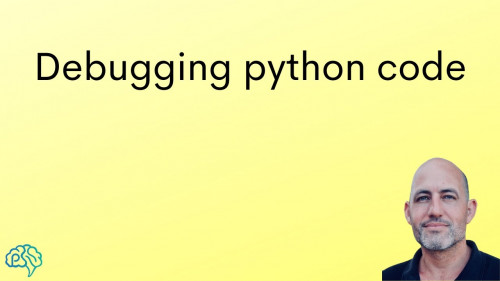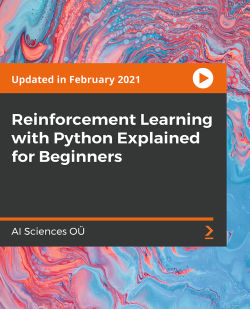
SkillShare – Python Programming Learn basics of Python-SkilledHares
English | Size: 710.73 MB
Category: Tutorial
Hello and welcome,
In this class, we will be learning about the Programming language ‘Python’ and make a project by the end of the class



